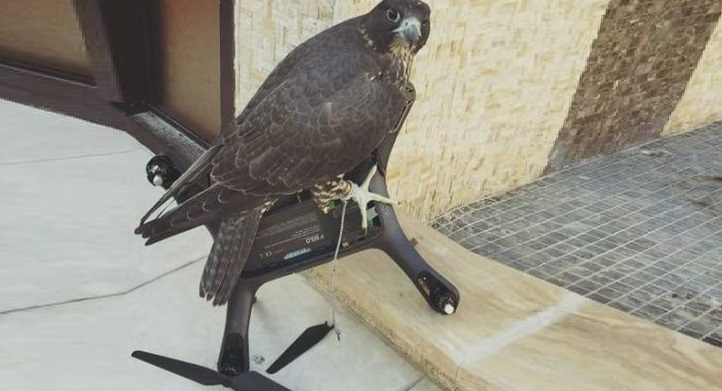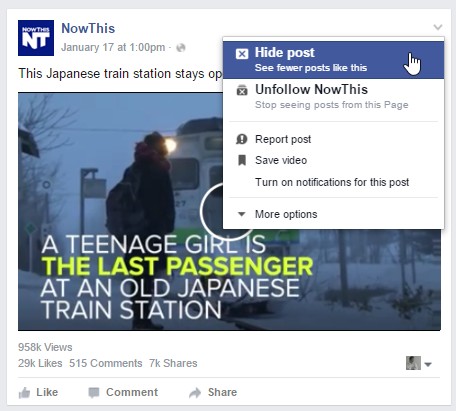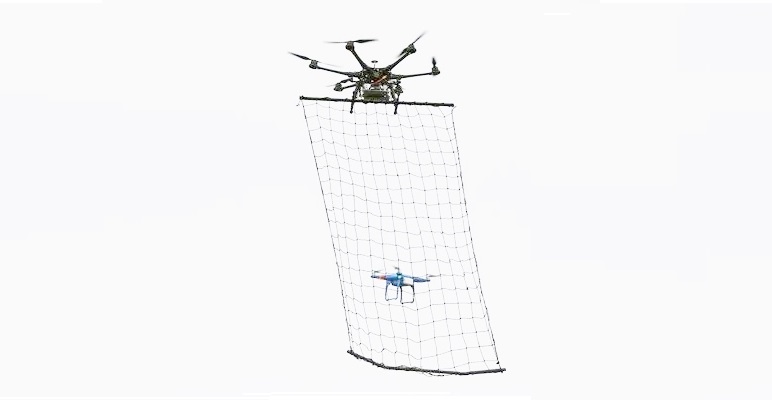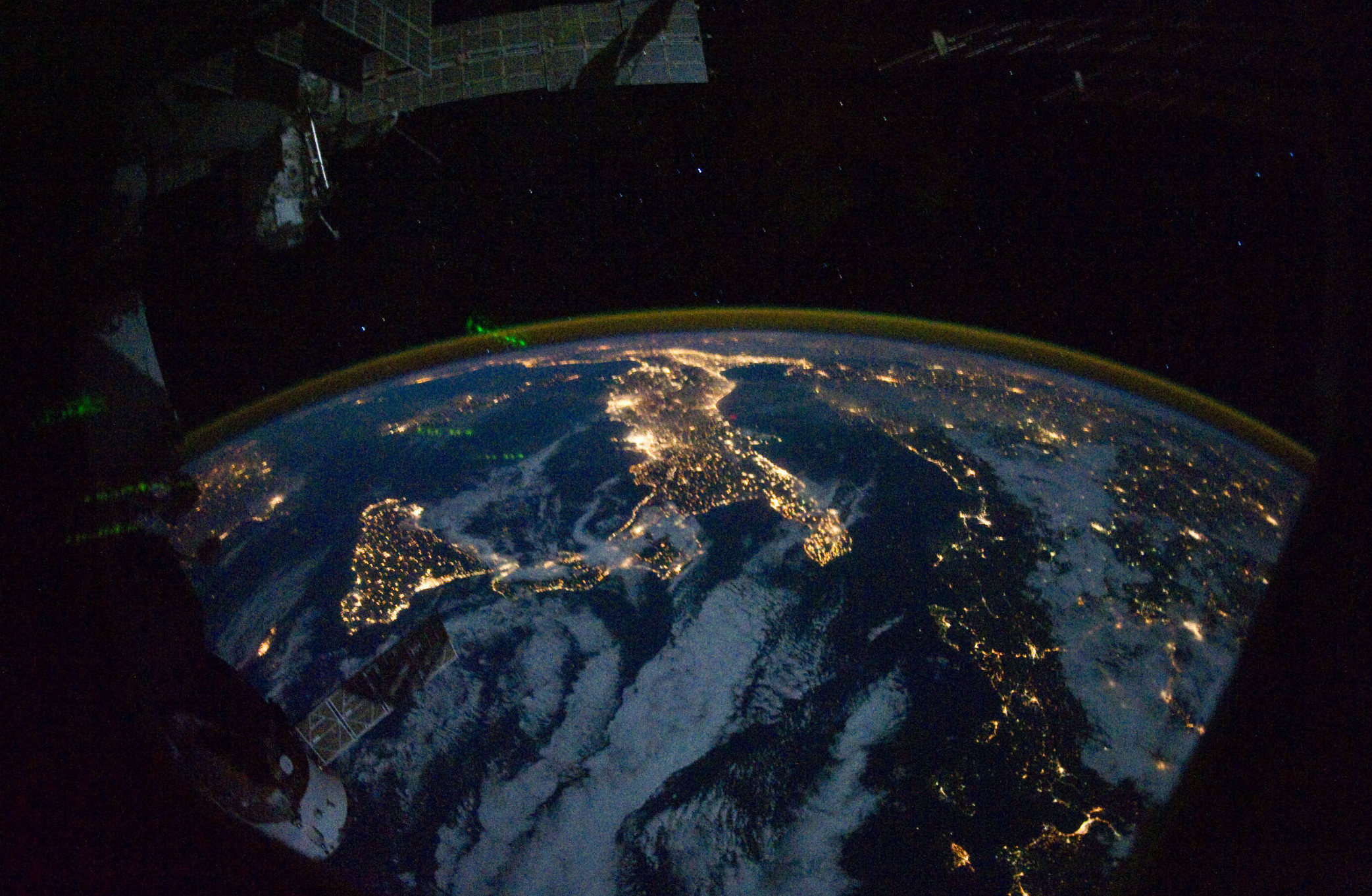On Monday, the XPrize Foundation announced its latest competition: the $7 Million Shell Ocean Discovery XPrize, which aims to map the ocean floor in high resolution, and find sources of pollution autonomously. Teams will test their technologies in two rounds at two separate undisclosed locations, mapping a 500 square kilometer area of ocean floor in high resolution at depths of 2, and 4 kilometers; winners will receive a grand prize of $4 million.
An additional $1 million will be awarded by the National Oceanic and Atmospheric Administration (NOAA) to teams that have technology capable of “sniffing out” specified objects through biological and chemical signals. Xprize claims that such technology could also help us learn about our own history, and find medical advancements to currently fatal diseases.
The competition was designed to create better maps, and expand our present knowledge of the oceans, as they are currently 95% unexplored, and remain as one of Earth’s last mysteries. We have mapped the moon, Venus, and Mars, all in much higher resolution than our own oceans. It is also estimated that two thirds of species in the ocean remain to be discovered.
Each of the 25 teams will try to create new, relatively low cost technology that can map the ocean floor, and identify archaeological, Biological, and geological features. Each team must prove their robotics can function efficiently at a depth of 2 and 4 kilometers, where there is no sunlight, high pressure, and temperatures below freezing. A bonus $1 million will go to any team that can make technology that can track chemical and biological signatures to find objects. Such technology could lead to many other discoveries and inventions, as well as helping to find sources of human-caused pollution and slow global warming.
Unlike land, the sea floor can’t be mapped in high resolution by satellite, since radar waves don’t pass through water. Satellites rely on precisely measuring the height of the ocean, and when enough data is collected, scientists can calculate the differences in the ocean surface caused by the landscape below the surface. This technology has given us a full map of the ocean to a resolution of 5 kilometers, which allows us to see the largest features, such as ocean trenches; leaving us with plenty of room for discovery under the water that covers two-thirds of our planet. We’ve mapped the entire surface of the moon at a resolution of 7 meters, and most of Mars and Venus at 100 meters.
XPrize is hopeful that the competition will usher a new era of ocean exploration, and help to better humanity through future innovation from it. The competition is the third of five multi-million dollar ocean based challenges to be created by 2020. The 10 year XPrize Ocean Initiative was created to address critical challenges in ocean exploration and technology; with the goal to make the oceans “healthy, valued, and understood”.
By Tony Simpson
Sources: The Verge | Ocean Discovery Overview















